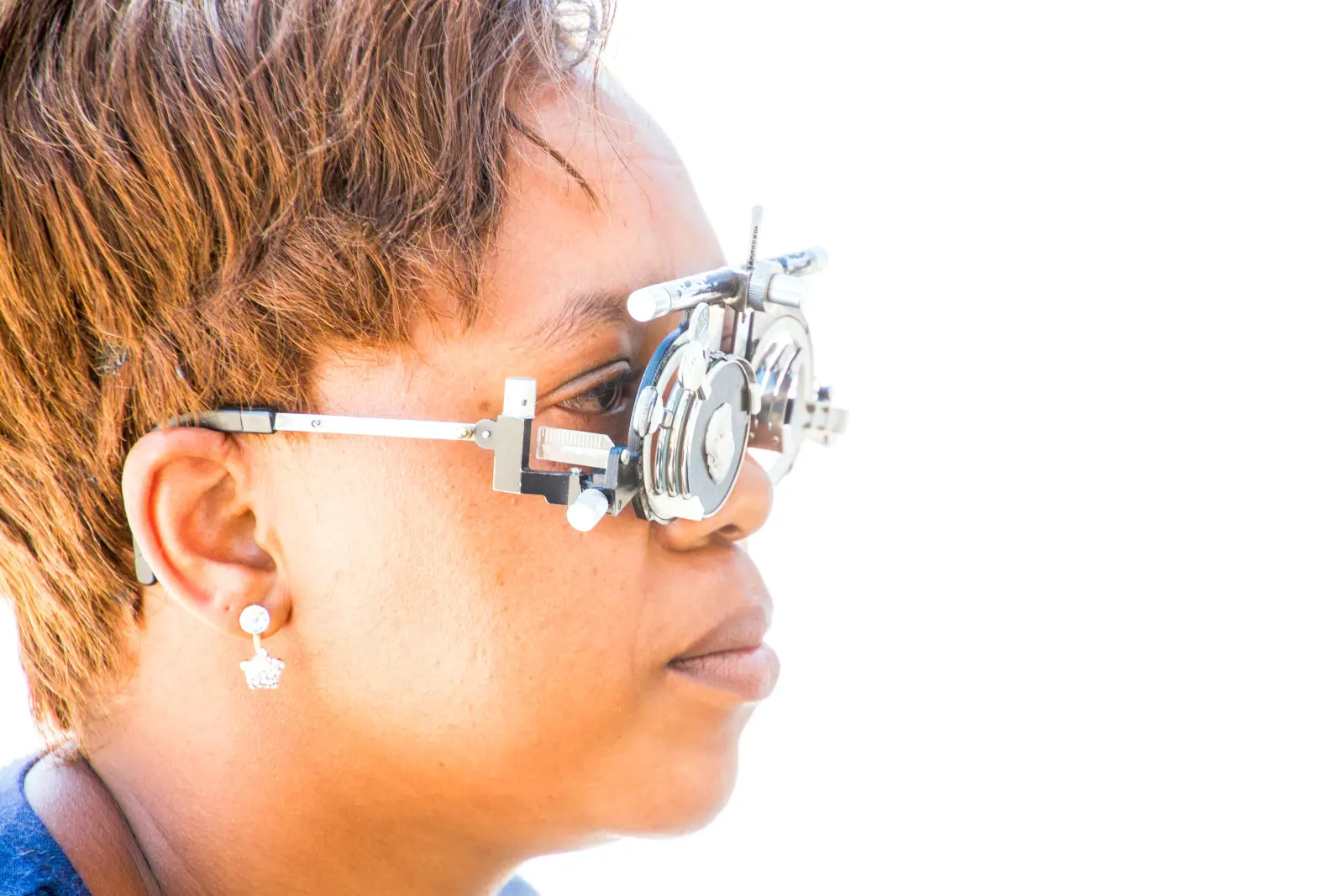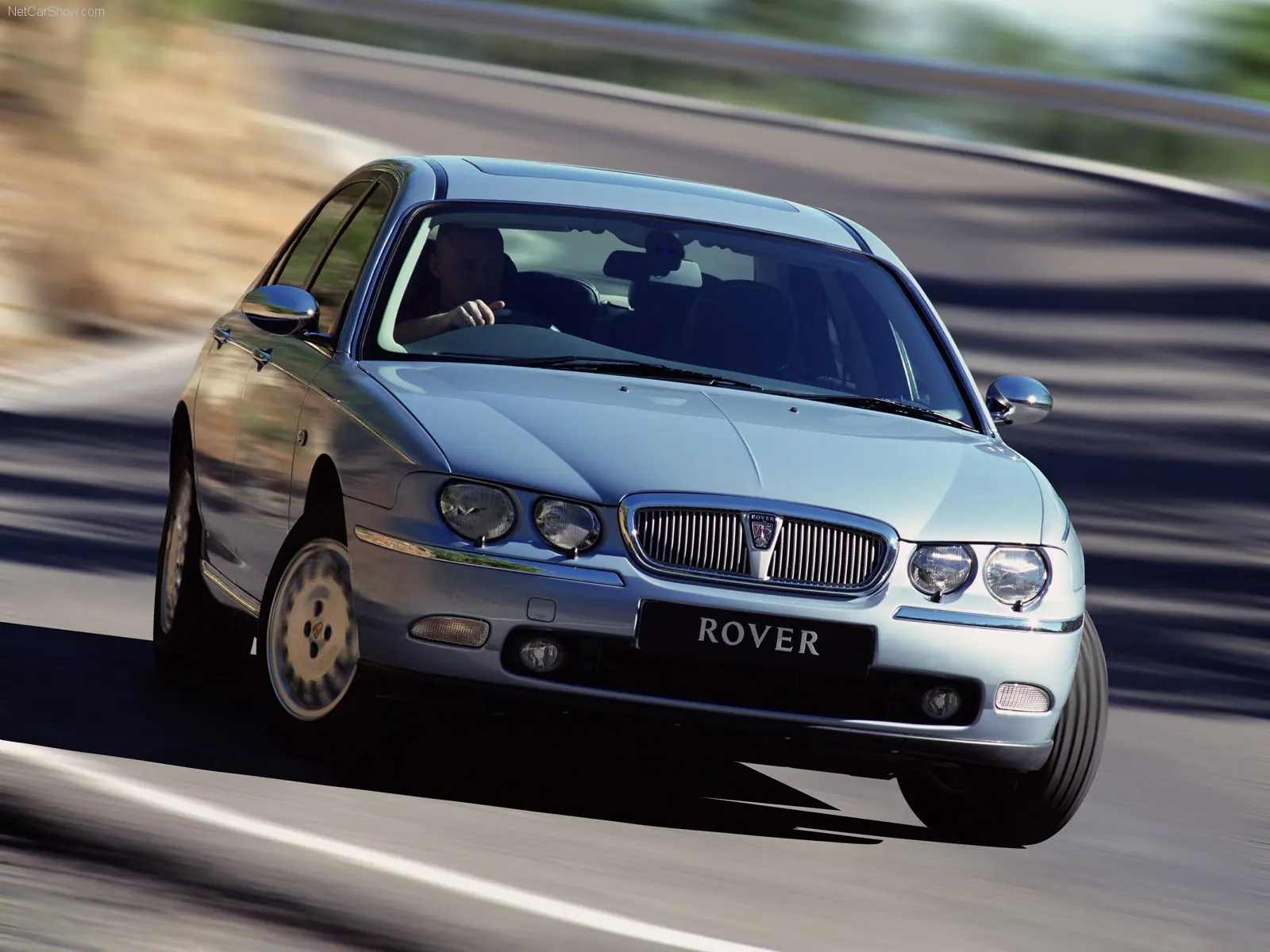Eyesight checks to do before your next drive
10 January 2022
The chances are that, each time you step into your classic car, there's a basic pre-driving checklist going through your mind. Keys? Check. Wallet? Check. Phone? Check. Perhaps you've planned the route ahead. Maybe you've even done a quick check, especially before a long journey, that your insurance for your classic car is up to date.
How often, though, do you think about whether your eyesight is up to the job? The likelihood is that you may not be checking in on your eyes, and their fitness for driving, as often as you should be.
Shockingly, new research from the College of Optometrists has found that nearly half of drivers in the UK didn’t realise that it was illegal to drive without their prescribed specs or contacts.
It's easy to forget that driving is actually a pretty complex and sophisticated set of mental processes and reactions – much more than simply grabbing the car keys and pressing down on the clutch and accelerator. No, much more than this, driving requires us to be alert to the ever-changing surroundings on the road ahead of us and to (quickly) react accordingly.
And, of course, the key to that alertness is good eyesight. Poor vision can notably increase reaction times, putting you and other road users at risk. Consequences may include an increased chance of accidents, and a subsequent rise in your classic car cover premiums.
In short, it's crucial for our road safety, as well as the safety of our passengers and other motorists around us, to be able to meet certain standards of vision.

Of course, at a basic level, this means – if you have been prescribed contact lenses or glasses for driving – wearing these visual aids every time you get behind the wheel.
But do we always remember – or bother – to don our glasses or contacts before heading off for a drive? In reality, although many of us have been prescribed glasses for driving, a combination of forgetfulness, vanity and maybe even a simple unwillingness to put them on means that glasses can often sit there unwanted, gathering dust in the jacket pocket or glove box.
However, the fact is that if you have been prescribed them for driving, you need to follow those instructions.
How do I know if my eyesight is good enough for driving?
Unsure if your eyes are fit for driving? There's a quick and easy check you can do. It's called the 'number plate test' – and, happily, it's very easy to carry out. Essentially, the Driver and Vehicle Licensing Agency's (DVLA) requirement for adequate eyesight when driving is that you must be able to read a car registration plate (one from a car registered on or after 1st September 2021) from a distance of 20 metres.
This means that you can easily take the test at home by, for example, stepping out in the street and checking whether you can read a car number plate from the correct distance.
But hang on – how long is 20 metres? Well, it equates roughly to five car lengths. So next time you’re in traffic, or walking past some parked cars, why not give it a go?
If you can read those numbers and letters without hesitation then your eyesight should be OK to drive. If, on the other hand, the plate looks slightly blurry and it takes you a few seconds to be sure of the numbers and letters displayed, your eyesight may not be up to scratch for driving and you might need further tests. You need to go and take an eye test, and make sure that you upgrade to whatever spectacles or contact lenses that the optician prescribes to make you a safer driver.
In fact, the advice is for us all to have regular eye tests: and once every two years is the recommended minimum. That's the regular schedule you should stick to: however, between appointments you should continue to carry out the regular test we outlined above, and to visit an optician for an urgent test if the number plate reading starts to become a problem. This is particularly relevant at the moment, as many of us may have missed an optician appointment or eye test during the pandemic.
It may simply be that you cannot read a car number plate at a distance of 20 metres without your glasses or contact lenses. If that is the case, you need to make sure you wear the latter every time you drive. Essentially, you must drive with whatever visual aids help you to pass this simple but diagnostic test.
By the way, if you have an eyesight problem that affects both of your eyes (or your remaining eye, if you only have one eye), you must notify the DVLA about it. The conditions that you are obliged to disclose include…
- Glaucoma
- Cataracts
- Macular degeneration
- Retinopathy
- Night blindness
You can find a full list of health conditions that affect driving within the Driving and Transport section of the Government website. It is essential to do this – you may be fined for not passing on any relevant information, and your classics insurance cover may be affected, too.
Note that, if you've had surgery to correct short sightedness and your sight now meets the required standards, there's no need to inform the DVLA about your condition.
Standards of vision for driving
Above, we outlined the eyesight test that you can perform on yourself – reading a car number plate from 20 metres' distance.
When you visit the opticians, your eyesight will be tested in a little more detail. You also need to be shown to have what's called a 'visual acuity' (an ability to pick out detail, essentially). Visual acuity is very important, as it helps you to accurately read road signs and signals. You'll need to give a result of at least 0.5 (or 6/12) as measured on the Snellen scale.
That's the eye chart that we are all familiar with from the walls of the optician, where letters are displayed in rows, in a large font at the top and diminishing in size as you go down the page. Eye specialists use a Snellen chart to decide if patients should be certified as sight impaired (partially sighted), or even as severely sight impaired (blind).
Finally, you also need to be proven to have an adequate field of vision (the area around you that your eyesight takes in). This is also tested by the optician. Once again, this is important when driving because a reduced visual field can make it harder to see approaching hazards from the side without having to divert your eyes from the road ahead.
Incidentally, if you drive as part of your job, and you need a Group 2 (vocational) driving licence, you will have to meet slightly higher standards for vision. This is down to both the size and type of vehicles you drive, and the longer time you spend on the road.
Eyesight and driving: other key factors to bear in mind
There are a couple of other factors that it's worth bearing in mind when assessing your eyesight and its fitness for driving.
For one thing, remember that driving can often be more challenging during winter, when weather conditions can make it harder to see clearly. Factors here include darker mornings, reduced visibility in rain and fog, wet and icy weather, shorter daylight hours and glare from the low setting winter sun.
All of these variables can lead to driving in winter becoming more hazardous, so bear them in mind and make sure that your eyesight isn't likely to add to the list of challenges you face.
Also remember that eyesight deteriorates over time, and that changes can happen at any age. You may start noticing some signs that your eyesight is not as sharp as it once was. Perhaps you're finding it harder to judge distances? Perhaps newspaper print is becoming more of a struggle to read? Maybe driving at night is more challenging than it used to be?
Given this, it's important to carry out these regular checks on your eyesight, as well as arranging a full optician check every two years.
Related to this, a recent study by the Road Safety Foundation (RSF) has recommended compulsory eyesight tests for older drivers when they apply for the renewal of their driving licence at the age of 70. The study, which was funded by the Department for Transport, is one of a series of recommendations made by the RSF in order to bring down the number of incidents on the road.
The group has also made some other suggestions, including increasing safety at T-junctions, a frequent danger spot for older drivers.

Other changes you need to declare to the DVLA
Giving notice of any visual impairments or conditions is just one of a handful of changes to your lifestyle or status which you are obliged to tell the DVLA about. Others include:
-
Change of address
If you move home, you need to update your driving licence, vehicle log book, and direct debit for vehicle tax if you pay that way. The exception here is for temporary moves, such as going away for university: as long the DVLA can still contact you at your permanent address, you don't need to do anything.
-
A different vehicle
If you have bought, sold, or transferred a vehicle, you need to let the DVLA know about it via the Government website. You'll need the 11-digit document reference number from your vehicle log book (V5C).
-
A vehicle that's been written off
You'll also need to notify the DVLA if your vehicle is sold to a motor trader or garage, scrapped, or written off.
-
A vehicle not being used (SORN)
If you are no longer using your car on the road, you can stop paying road tax for it. But you can only do this by contacting the DVLA to let them know. You'll need to register your vehicle with a Statutory Off Road Notification, or SORN. There are more details on how to do this on the Government website. Once again, have your 11-digit reference number handy that comes on your road tax reminder.
It's well worth doing, as you'll be able to claim a refund for any full months of remaining tax. You may also be eligible for a different level of cover through your classic auto insurance provider. Many providers, including Lancaster, offer a special laid-up or SORN cover for a lower sum than full, on-road insurance.
Note, however, that you won't be able to take the car back out on the road until you've taxed it again.

-
Medical conditions
There are more than 100 medical conditions that can affect your driving. If you suffer from one of these conditions, you are legally obliged to notify the DVLA. You can find a full list within the Government website's Driving and Transport section. Common examples include diabetes or a recent stroke.
Failure to declare a condition on the list can result in a fine of up to £1,000. More importantly, it could result in a dangerous road accident. Apart from the trauma and injuries that could entail, you could also end up paying more for your classic motor insurance.
-
A change in your name or gender
Failing to let the DVLA know about a change in your name or gender can also result in a £1,000 penalty. If, since you originally applied for a licence, your status has changed – through marriage, a name change, or a gender change – you must ensure that the DVLA is updated. Here's the relevant link on the Government website.
Classic car insurance: another key part of the responsible driving jigsaw
You owe it to yourself and other road users to make sure that your eyesight can cope with all the demands that driving places upon it.
Another key step towards being a safe and responsible driver is having the right car insurance.
At Lancaster, our vintage car insurance can be tailored to your specific needs. Benefits can include:
- Laid-up cover
- Car Club member discounts up to 25%
- Static Show and Historic Rally Cover
Contact us today for a quote.
